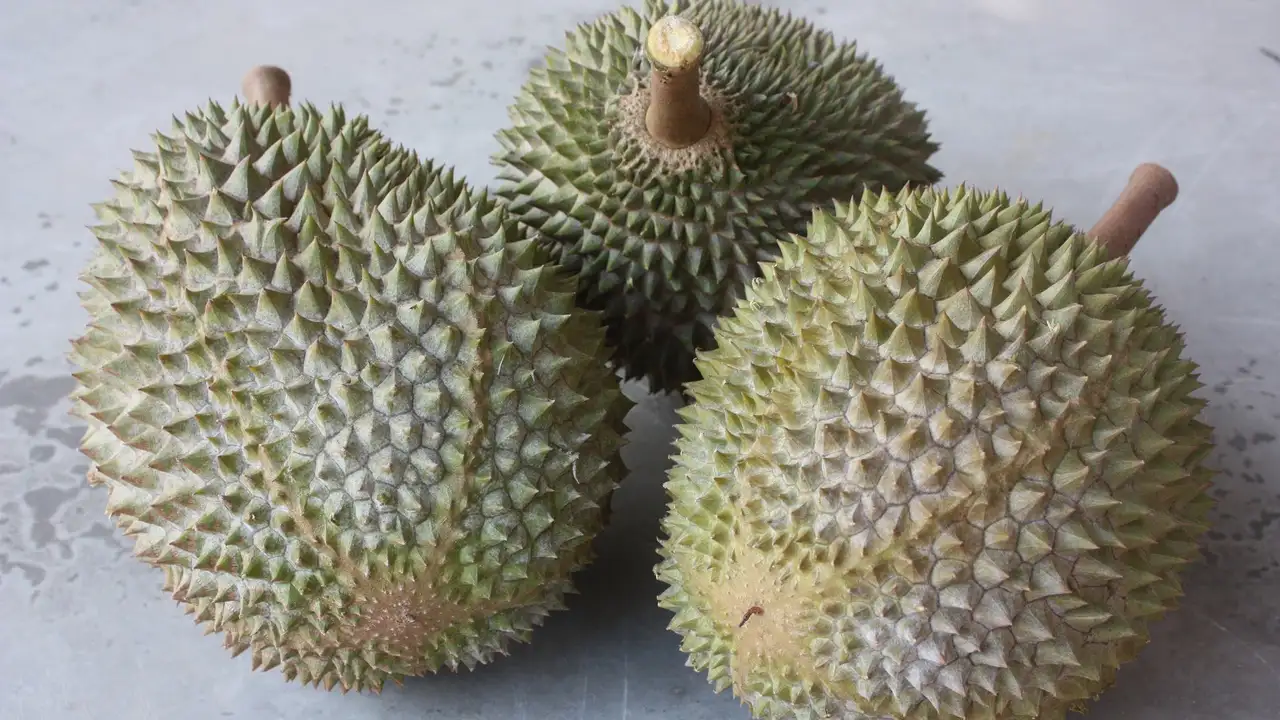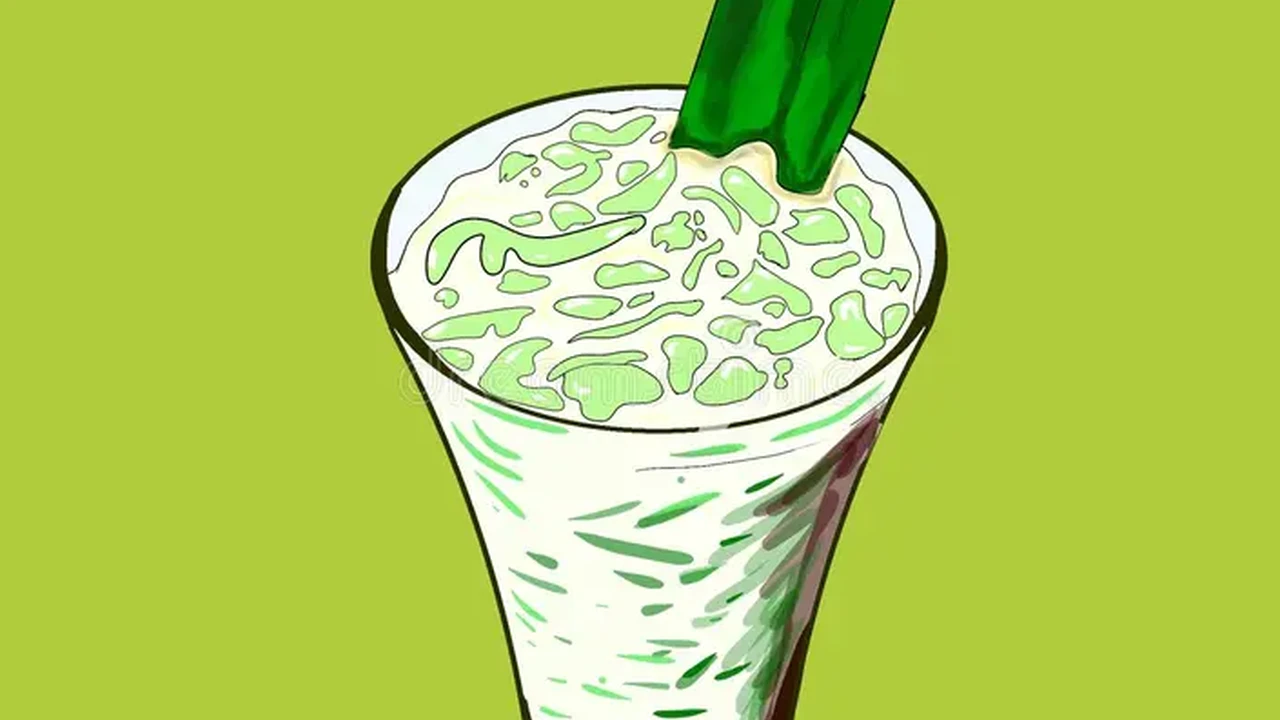Durian in Malaysia: A Love-It-or-Hate-It Fruit

What is Durian The King of Fruits in Malaysia
Alright, let's dive into the world of durian! If you're in Malaysia, you're bound to encounter this spiky, pungent fruit. It's often called the "King of Fruits," but that title comes with a lot of baggage – and aroma! Durian is a tropical fruit native to Southeast Asia, known for its distinctive smell, which some find heavenly and others, well, not so much. Think gym socks mixed with caramelized onions… or vanilla custard, depending on who you ask. The flesh inside is creamy and custard-like, with a flavor profile that's just as complex as its smell.
A Brief History of Durian in Malaysian Cuisine and Culture
Durian has been a part of Malaysian culture for centuries. It's not just food; it's an experience. Historically, durian season was a time for gatherings and celebrations. Families and friends would come together to enjoy the bounty of the harvest. It's deeply ingrained in local traditions and even folklore. You'll find durian motifs in art, literature, and even traditional medicine. It's safe to say durian is more than just a fruit; it's a cultural icon.
The Great Durian Debate Love It or Hate It Explained
The polarizing nature of durian is legendary. There's no middle ground – people either adore it or detest it. The aroma is the primary culprit. For those who love it, the smell is a siren song, a promise of the creamy, complex flavors to come. For those who hate it, it's an assault on the senses, an overwhelming stench that makes them want to run for the hills. But even if you're initially repulsed by the smell, don't dismiss it entirely. Many people who initially hated durian have grown to love it after trying different varieties and preparations.
Navigating Durian Season in Malaysia When and Where to Find the Best
Durian season in Malaysia typically occurs twice a year: from June to August and again from December to February. However, this can vary depending on the region and the specific weather conditions. During these months, durian stalls pop up everywhere, from roadside stands to bustling markets. The best places to find durian are often in rural areas and orchards, where you can get the freshest, highest-quality fruits straight from the source. Penang and Pahang are particularly well-known for their durian production. When choosing a durian, look for one with a strong, even aroma (if you're brave enough!), a healthy-looking stem, and a slightly hollow sound when tapped.
Must-Try Durian Varieties in Malaysia A Flavor Guide
Malaysia boasts a staggering array of durian varieties, each with its own unique flavor profile and texture. Here are a few must-trys:
Musang King D197 The Creamy King Durian
Musang King (D197) is arguably the most popular and sought-after variety. It's known for its intensely creamy texture, rich flavor, and bright yellow flesh. The taste is a complex blend of sweet, bitter, and savory notes. A single Musang King durian can cost anywhere from RM60 to RM100 per kilogram, making it a premium choice. It's often enjoyed on its own, but also used in desserts and other culinary creations. Imagine using this to create a decadent ice cream, the possibilities are endless.
D24 The Classic Choice Durian
D24 is another popular variety, known for its balanced flavor and creamy texture. It's less intense than Musang King, making it a good option for those who are new to durian. It has a slightly bitter aftertaste that many find appealing. D24 is generally more affordable than Musang King, typically costing around RM30 to RM50 per kilogram. You can find this at almost every durian stall in Malaysia.
Red Prawn Udang Merah A Sweet Surprise Durian
Red Prawn (Udang Merah) is named for its distinctive reddish-orange flesh. It's known for its exceptionally sweet flavor and delicate texture. It's less pungent than other varieties, making it a good choice for those who are sensitive to strong smells. However, Red Prawn can be harder to find than Musang King and D24. Expect to pay around RM40 to RM70 per kilogram. This one is best enjoyed raw, to truly appreciate its sweetness.
Black Thorn Ochee The Intense Flavor Durian
Black Thorn (Ochee) is a premium variety known for its intense, complex flavor and creamy, almost sticky texture. It has a slightly bitter aftertaste that some find addictive. Black Thorn is relatively rare and expensive, often costing more than Musang King. Look for the distinctive black "thorn" at the base of the fruit. Be prepared to shell out RM80 to RM120 per kilogram for this delicacy.
Beyond the Fruit Durian Products and Culinary Uses in Malaysia
Durian isn't just eaten fresh; it's also used in a variety of products and culinary creations. Here are a few examples:
Durian Ice Cream A Cool Treat
Durian ice cream is a popular dessert in Malaysia. It captures the unique flavor of durian in a refreshing, creamy form. You can find durian ice cream at most supermarkets and ice cream parlors. Prices range from RM5 to RM15 per scoop, depending on the brand and location. Imagine enjoying this on a hot day, a perfect way to cool down.
Durian Cake A Sweet Indulgence
Durian cake is another popular dessert, often made with fresh durian pulp. It's a rich and decadent treat that's perfect for special occasions. You can find durian cakes at most bakeries and cake shops. Prices vary depending on the size and ingredients, but expect to pay around RM50 to RM150 for a whole cake. This is a great way to share the love of durian with friends and family.
Durian Puffs A Bite-Sized Delight
Durian puffs are small, bite-sized pastries filled with creamy durian custard. They're a popular snack and dessert. You can find durian puffs at most bakeries and pastry shops. Prices typically range from RM2 to RM5 per puff. These are perfect for a quick and easy durian fix.
Durian Tempoyak A Fermented Delight
Tempoyak is a fermented durian paste that's used as a condiment or ingredient in savory dishes. It has a strong, pungent flavor and a slightly sour taste. Tempoyak is often used in curries, stews, and sauces. You can find tempoyak at most supermarkets and wet markets. Prices vary depending on the brand and quality. This is for the adventurous eaters, a truly unique culinary experience.
Durian Buying Tips and Tricks How to Choose the Perfect Fruit
Choosing a good durian can be tricky, but here are a few tips to help you find the perfect fruit:
- Smell: The aroma should be strong and fragrant, but not overpowering or rotten.
- Shape: Look for a durian that's symmetrical and evenly shaped.
- Stem: The stem should be healthy and fresh-looking.
- Sound: Tap the durian gently. A slightly hollow sound indicates that the flesh is ripe and creamy.
- Thorns: The thorns should be firm and not too close together.
Durian and Health Benefits and Potential Risks to Consider
Durian is a nutritious fruit that's rich in vitamins, minerals, and antioxidants. It's a good source of energy, fiber, and vitamin C. However, durian is also high in calories and fat, so it should be consumed in moderation. Some people may experience digestive issues or allergic reactions after eating durian. It's also important to note that durian can interact with certain medications, so it's best to consult with your doctor if you have any concerns.
Durian Price Comparison and Where to Buy in Malaysia
Durian prices vary depending on the variety, season, and location. Generally, premium varieties like Musang King and Black Thorn are more expensive than common varieties like D24. You can find durian at roadside stalls, wet markets, supermarkets, and specialty durian shops. Prices are typically higher in tourist areas and during peak season. Here’s a general price guideline:
- Musang King: RM60 - RM100 per kilogram
- D24: RM30 - RM50 per kilogram
- Red Prawn: RM40 - RM70 per kilogram
- Black Thorn: RM80 - RM120 per kilogram
Durian Eating Etiquette and Tips for First-Timers
If you're trying durian for the first time, here are a few tips to make the experience more enjoyable:
- Start small: Don't eat too much durian at once, especially if you're not used to it.
- Try different varieties: Experiment with different varieties to find one that you like.
- Pair it with other foods: Some people find that pairing durian with salty or spicy foods helps to balance the flavor.
- Don't be afraid to ask for help: Durian vendors are usually happy to offer advice and recommendations.
- Be prepared for the smell: The aroma of durian can linger, so you might want to brush your teeth or chew some gum afterwards.
Durian Storage and Preservation Techniques to Know
If you have leftover durian, it's important to store it properly to prevent it from spoiling. The best way to store durian is in an airtight container in the refrigerator. It can also be frozen for longer storage. However, freezing may affect the texture of the durian. Another traditional method involves wrapping the durian flesh in banana leaves and storing it in a cool, dry place. This method is less common now, but it can help to preserve the flavor and aroma of the durian.
:max_bytes(150000):strip_icc()/277019-baked-pork-chops-with-cream-of-mushroom-soup-DDMFS-beauty-4x3-BG-7505-5762b731cf30447d9cbbbbbf387beafa.jpg)






